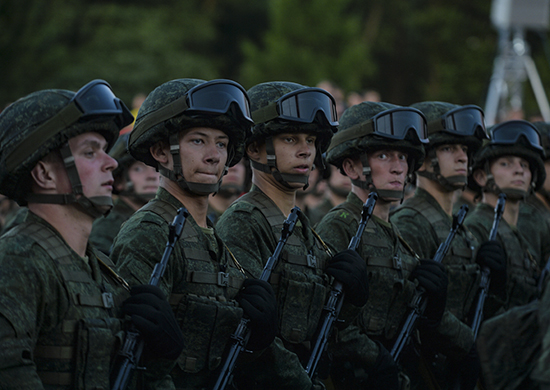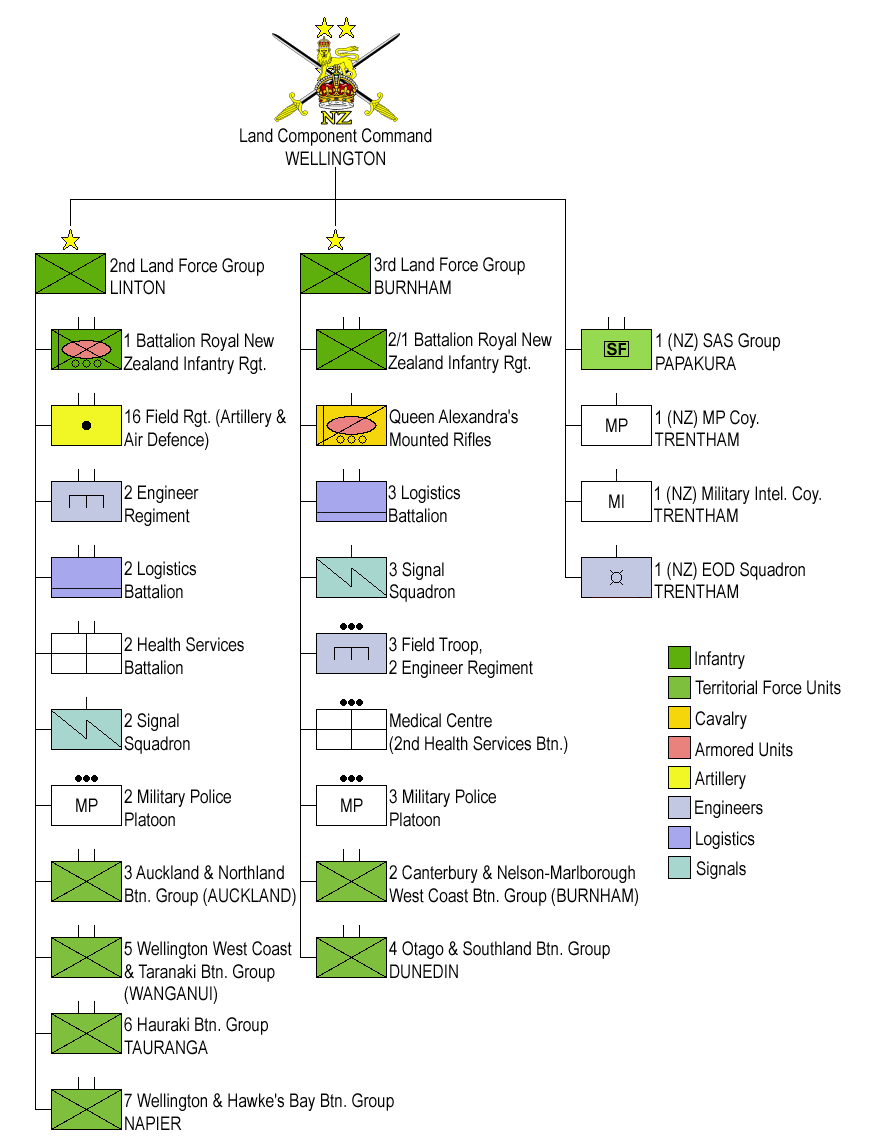|
232nd Rifle Division
The 232nd Rifle Division was an infantry division of the Red Army, originally formed in the weeks just before the start of the German invasion, based on the ''shtat'' (table of organization and equipment) of September 13, 1939. It was quickly moved to the fighting front as part of the 66th Rifle Corps in 21st Army, and it remained in this Corps for its brief existence. 21st Army was deployed in western Belarus, attempting to plug the gaps created by the defeats of the border armies in the first weeks of Barbarossa, and the division made a deep penetration into the German rear in the eastern fringes of the Pripet Marshes, but this was ultimately unsustainable. By early September, the 232nd was greatly depleted due to almost continual combat, before being encircled and destroyed east of Kyiv. A new division began forming in December in the Altaisk region of Siberia. Initially numbered as the 453rd, it was soon redesignated as the 232nd. After preliminary organization, it moved west ... [...More Info...] [...Related Items...] OR: [Wikipedia] [Google] [Baidu] |
Red Army Flag
Red is the color at the long wavelength end of the visible spectrum of light, next to orange and opposite violet. It has a dominant wavelength of approximately 625–740 nanometres. It is a primary color in the RGB color model and a secondary color (made from magenta and yellow) in the CMYK color model, and is the complementary color of cyan. Reds range from the brilliant yellow-tinged scarlet and vermillion to bluish-red crimson, and vary in shade from the pale red pink to the dark red burgundy. Red pigment made from ochre was one of the first colors used in prehistoric art. The Ancient Egyptians and Mayans colored their faces red in ceremonies; Roman generals had their bodies colored red to celebrate victories. It was also an important color in China, where it was used to color early pottery and later the gates and walls of palaces. In the Renaissance, the brilliant red costumes for the nobility and wealthy were dyed with kermes and cochineal. The 19th century brought ... [...More Info...] [...Related Items...] OR: [Wikipedia] [Google] [Baidu] |
2nd Army (Wehrmacht)
The 2nd Army () was a field army of the German Army during World War II. History 1939 and 1940 The 2nd Army headquarters was briefly established in Berlin from Group Command 1 on 26 August 1939 and at the beginning of the Invasion of Poland it was renamed Army Group North on 2 September. The 2nd Army was reestablished on 20 October 1939, with ''Generaloberst'' Maximilian von Weichs in command, by renaming the 8th Army, which had been moved from Poland to the west. It was assigned to the reserve of the ''Oberkommando des Heeres'' (OKH). After the beginning of the Battle of France on 10 May, the army was assigned to Army Group A and marched through Luxembourg, Belgium, and northern France. From 31 May to 4 June it marched to the front north of the Somme, Aisne, and Oise and participated in the expansion of bridgeheads. When it entered battle on 9 June on the Aisne, the army included IX ( 295th and 294th Infantry Divisions), XXVI ( 34th and 45th Infantry Divisions), and ... [...More Info...] [...Related Items...] OR: [Wikipedia] [Google] [Baidu] |
Don (river)
The Don ( rus, Дон, p=don) is the fifth-longest river in Europe. Flowing from Central Russia to the Sea of Azov in Southern Russia, it is one of Russia's largest rivers and played an important role for traders from the Byzantine Empire. Its basin is between the Dnieper basin to the west, the lower Volga basin immediately to the east, and the Oka basin (tributary of the Volga) to the north. Native to much of the basin were Slavic nomads. The Don rises in the town of Novomoskovsk southeast of Tula (in turn south of Moscow), and flows 1,870 kilometres to the Sea of Azov. The river's upper half ribbles (meanders subtly) south; however, its lower half consists of a great eastern curve, including Voronezh, making its final stretch, an estuary, run west south-west. The main city on the river is Rostov-on-Don. Its main tributary is the Seversky Donets, centred on the mid-eastern end of Ukraine, thus the other country in the overall basin. To the east of a series of three ... [...More Info...] [...Related Items...] OR: [Wikipedia] [Google] [Baidu] |
Voronezh
Voronezh ( rus, links=no, Воро́неж, p=vɐˈronʲɪʂ}) is a city and the administrative centre of Voronezh Oblast in southwestern Russia straddling the Voronezh River, located from where it flows into the Don River. The city sits on the Southeastern Railway, which connects western Russia with the Urals and Siberia, the Caucasus and Ukraine, and the M4 highway (Moscow–Voronezh–Rostov-on-Don– Novorossiysk). In recent years the city has experienced rapid population growth, rising in 2021 to 1,057,681, up from 889,680 recorded in the 2010 Census; making it the fourteenth most populous city in the country. Geography Urban layout Information about the original urban layout of Voronezh is contained in the "Patrol Book" of 1615. At that time, the city fortress was logged and located on the banks of the Voronezh River. In plan, it was an irregular quadrangle with a perimeter of about 130 fathoms (238 m), that is, it was very small: inside it, due to lack of space, ... [...More Info...] [...Related Items...] OR: [Wikipedia] [Google] [Baidu] |
60th Army (Soviet Union)
The Red Army's 60th Army was a Soviet field army during the Second World War. It was first formed in reserve in the Moscow Military District in October 1941, but soon was disbanded. It was formed a second time in July 1942, and continued in service until postwar. The 60th Army was commanded by Gen. Ivan Danilovich Chernyakhovsky for much of the war, and it was while in this command that he proved himself worthy to be promoted to the rank of General of the Army and command of a Front at the age of 38 years. Elements of the army went on to, among other things, liberate the Auschwitz concentration camp. First Formation The 60th Army was first formed in October 1941, as a reserve formation of the Moscow Military District. It comprised the 334th, 336th, 348th, 358th, and 360th Rifle Divisions and the 11th Cavalry Division. All these divisions had been formed in the Volga Military District in the preceding months. The army was under the command of Lt. Gen. M.A. Purkayev. In Decemb ... [...More Info...] [...Related Items...] OR: [Wikipedia] [Google] [Baidu] |
Military Reserve Force
A military reserve force is a military organization whose members have military and civilian occupations. They are not normally kept under arms, and their main role is to be available when their military requires additional manpower. Reserve forces are generally considered part of a permanent standing body of armed forces, and allow a nation to reduce its peacetime military expenditures and maintain a force prepared for war. In countries with a volunteer military, such as Canada, Spain, the United States and the United Kingdom, reserve forces are civilians who maintain military skills by training periodically (typically one weekend per month). They may do so as individuals or as members of standing reserve regiments—for example, the UK's Army Reserve (United Kingdom), Army Reserve. A militia, home guard, State defense force, state guard or state military may constitute part of a military reserve force, such as the National Guard (United States), United States National Guard a ... [...More Info...] [...Related Items...] OR: [Wikipedia] [Google] [Baidu] |
Altai Krai
Altai Krai (russian: Алта́йский край, r=Altaysky kray, p=ɐlˈtajskʲɪj kraj) is a federal subjects of Russia, federal subject of Russia (a krai). It borders clockwise from the west, Kazakhstan (East Kazakhstan Region and Pavlodar Region), Novosibirsk Oblast, Novosibirsk and Kemerovo Oblasts, and the Altai Republic. The krai's administrative centre is the types of inhabited localities in Russia, city of Barnaul. As of the Russian Census (2010), 2010 Census, the population of the krai was 2,419,755. Name The region is named after the Altai mountains. In Russian, Altai Krai means the Altai region. Geography Altai Krai has rolling foothills, grasslands, lakes, rivers, and mountains. The highest point of the krai is high Mayak Shangina. The climate is severe with long cold dry winters and hot, usually dry summers. The region's main waterway is the Ob River, which gives its name to the Ob Plateau. The Biya River, Biya and Katun Rivers are also important. Th ... [...More Info...] [...Related Items...] OR: [Wikipedia] [Google] [Baidu] |
Pinsk Marshes
__NOTOC__ The Pinsk Marshes ( be, Пінскія балоты, ''Pinskiya baloty''), also known as the Pripet Marshes ( be, Прыпяцкія балоты, ''Prypiackija baloty''), the Polesie Marshes, and the Rokitno Marshes, are a vast natural region of wetlands in mostly Belarus and also Ukraine, along the forested basin of the Pripyat River and its tributaries from Brest to the west, Mogilev in the northeast, and Kyiv to the southeast. It is one of the largest wetland areas of Europe. The city of Pinsk is one of the most important in the area.Pripet Marshes Overview The Pinsk Marshes mostly lie within the |
21st Army (Soviet Union)
The Soviet 21st Army was a field army of the Red Army during World War II. Operational history June–September 1941 21st Army was a part of the Second Operational Echelon of the Red Army. It was formed from the forces of the Volga Military District in May 1941 and was initially based on 63rd Rifle Corps ( 53rd, 148th, and 167th Rifle Divisions) and 66th Rifle Corps. The army was under the command of Lieutenant-General Vasily Gerasimenko, and its chief of staff was Major-General Vasily Gordov. The commander of 63rd Rifle Corps was Lieutenant-General Leonid Petrovsky and the commander of 66th Rifle Corps was Major-General Fyodor Sudakov. In early June the army was moved to the eastern fringes of the Pripyat Marshes south of Homel. At the outbreak of hostilities on 22 June the army was redeployed north to defend the right bank of the Dnepr between Rybchev and Stary-Bykhov. At the same time 25th Mechanized Corps, under the command of Major-General Semyon Krivoshein, was assign ... [...More Info...] [...Related Items...] OR: [Wikipedia] [Google] [Baidu] |
66th Rifle Corps
The 66th Rifle Corps was a corps of the Soviet Red Army. It was part of the 21st Army. It took part in the Great Patriotic War. Organization * 61st Rifle Division * 117th Rifle Division * 154th Rifle Division Commanders * Major General Fyodor Sudakov Fyodor, Fedor (russian: Фёдор) or Feodor is the Russian form of the name "Theodore" meaning “God’s Gift”. Fedora () is the feminine form. Fyodor and Fedor are two English transliterations of the same Russian name. It may refer to: Giv ... Reference Rifle corps of the Soviet Union {{Russia-mil-stub ... [...More Info...] [...Related Items...] OR: [Wikipedia] [Google] [Baidu] |
Table Of Organization And Equipment
A table of organization and equipment (TOE or TO&E) is the specified organization, staffing, and equipment of Military unit, units. Also used in acronyms as 'T/O' and 'T/E'. It also provides information on the mission and capabilities of a unit as well as the unit's current status. A general TOE is applicable to a type of unit (for instance, an infantry battalion) rather than a specific unit (the 2nd Battalion, 4th Infantry Regiment (United States), 4th Infantry Regiment). Sometimes, all units of the same branch (such as Infantry) follow the same structural guidelines; much more often, there are a wide variety of TOEs to suit specific circumstances (Modified Tables of Organization and Equipment (MTOEs), in the United States Army, for example). Soviet Union and Russia In the Red Army, Soviet and the Russian Armed Forces the term used for TO&E since the 1930s is ''"Shtatnoe raspisanie"'' (''Штатное расписание'', literally translated as Shtat Prescription). It orig ... [...More Info...] [...Related Items...] OR: [Wikipedia] [Google] [Baidu] |


.jpg)



